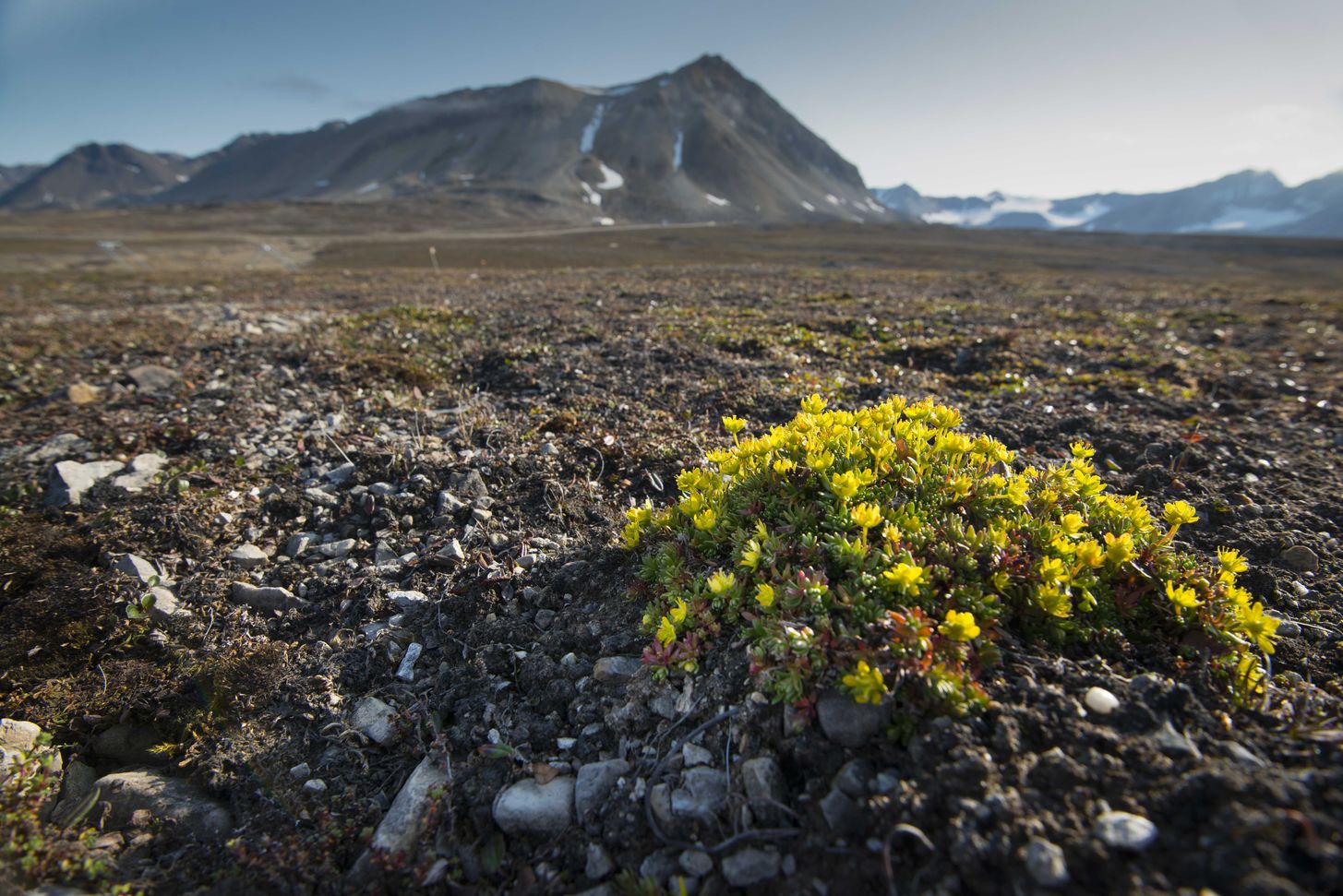A study quantifying the influence of climatic and ecological drivers on carbon dioxide fluxes in the high Arctic tundra published in Scientific Reports

In a paper published in Scientific Reports, a research group of IGG-CNR has shown how ecological and climatic factors influence carbon dioxide (CO2) fluxes in the high Arctic tundra. Data from a measurement campaign carried out at the peak of the growing season near the Italian Arctic station 'Dirigibile Italia' in Ny Ålesund (Spitzbergen, Svalbard Islands, NO) were used in this study. Regressive models of CO2 fluxes show that, on short time periods (1-2 days) and small spatial scales (about 30 cm), the emission and uptake of CO2 depend on well-known drivers, namely the air temperature and the solar irradiance. On larger spatial and temporal scales (20 days and 150 m), additional variables such as the soil moisture, the green vegetated area and the type of vegetation become important to explain the flux variability. Vascular and non-vascular vegetation are associated with significantly different fluxes, and differences in the functional response of plants are also observed between individual vascular species. Such results are particularly relevant in the perspective of climate change, which could result in significant changes not only in climatic factors, such as rising temperatures and lengthening growing seasons, but also in ecological factors, such as vegetation composition and abundance.
Bibliographic reference:
Magnani, M., Baneschi, I., Giamberini, M., Raco, B., & Provenzale, A. (2022). Microscale drivers of summer CO2 fluxes in the Svalbard High Arctic tundra. Scientific Reports, 12(1), 1-14. https://www.nature.com/articles/s41598-021-04728-0
Read CNR press release
For more information:
Marta Magnani (CNR-IGG, marta.magnani(at)igg.cnr.it)